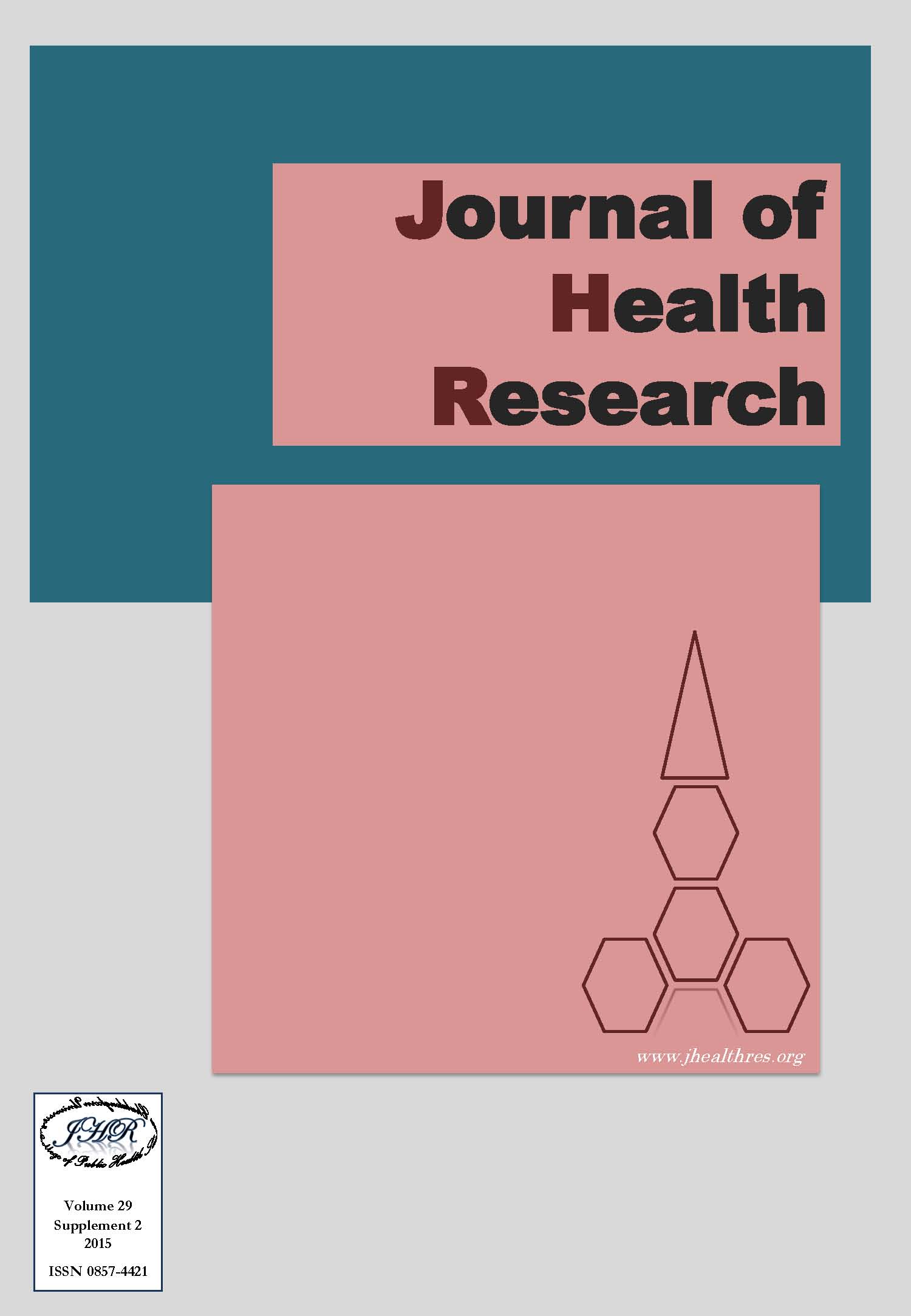Prevalence and factors associated with undernutrition among children aged 0-59 months in mugu district, Nepal
Keywords:
Children aged 0-59 months, Under-nutrition, NepalAbstract
Background: Under-nutrition is responsible for the death of more than a third of under-five children globally. The short and long term effects of under-nutrition include delayed developmental milestones, increased risk of infections and greater susceptibility to chronic diseases during adulthood. Prevalence of child under-nutrition in Mugu was the highest among all districts in Nepal. The main objective of this study was to determine the prevalence and factors associated with under-nutrition among children aged 0-59 months in Mugu district, Nepal.
Methods: A cross-sectional study was conducted over two months (July-August 2014) involving 246 children aged 0-59 months residing in two selected Village Development Committee areas in Mugu district. Anthropometric measurements were collected from children participating in the study along with Anthropometric measurements of their mothers. A structured questionnaire was then administered to the mothers. Data analysis was done using chi-square test or Fisher's exact test for bivariate analysis and a final multivariable model was created using logistic regression with statistical significance accepted at a p value < 0.05 in each analysis.
Results: The prevalence of severe wasting (6.1%) and the overall prevalence of stunting (61.8%) and underweight (48.8%) among children in the study were higher than the national average as reported by the Nepal Demographic and Health Survey 2011. Wasting was positively associated with perceived small size at birth (p=0.001), not exclusively breastfed (p=0.007) and history of diarrhea (p=0.007). Stunting was positively associated with a birth interval less than 24 months (p=0.004) and poor dietary diversity (p=0.001). Stunting was negatively associated with more than two growth monitoring visits (p= 0.037). Underweight was positively associated with low maternal Body Mass Index (p<0.001), child age group of 12-35 months (p=0.001), perceived small size at birth (p=0.007) and history of diarrhea (p=0.001).
Conclusions: The prevalence of under-nutrition among children in Mugu district is high. Factors such as poor birth spacing, inadequate number of growth monitoring visits and high levels of fever and diarrhoea among children can be addressed through adequately staffed health facilities and outreach programs with a special focus on health education and promotion that encourage birth spacing and frequent growth monitoring visits.







